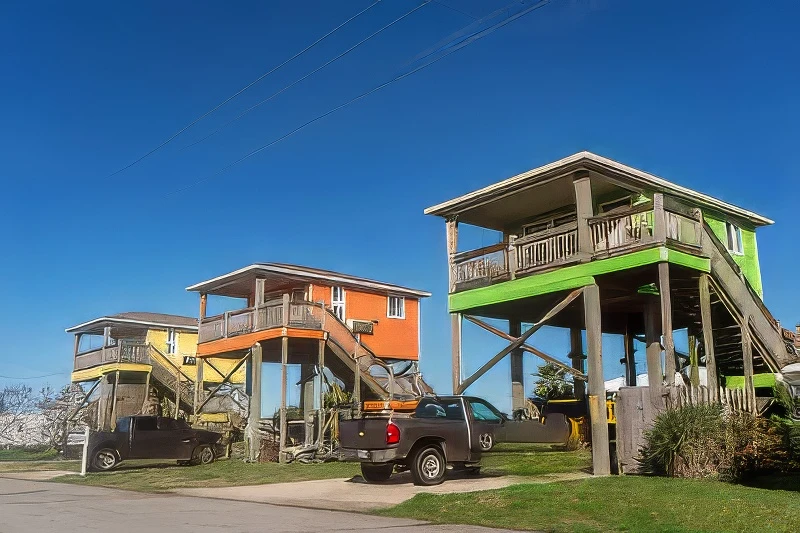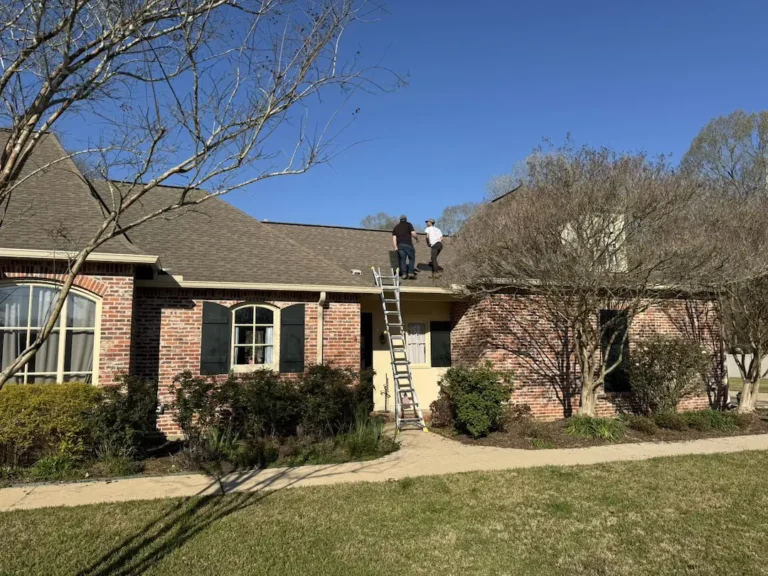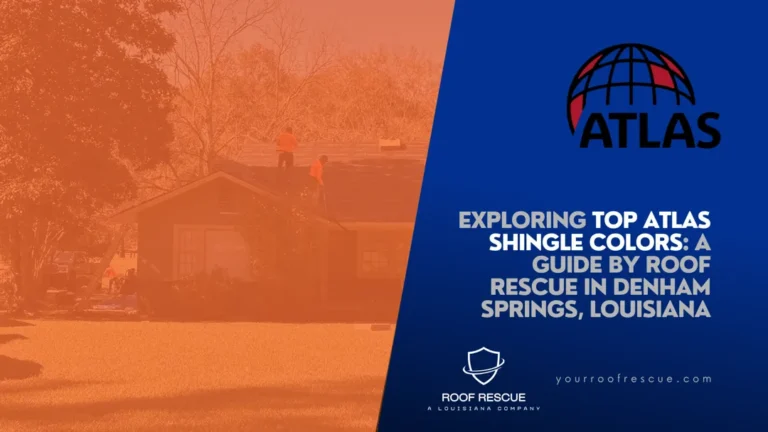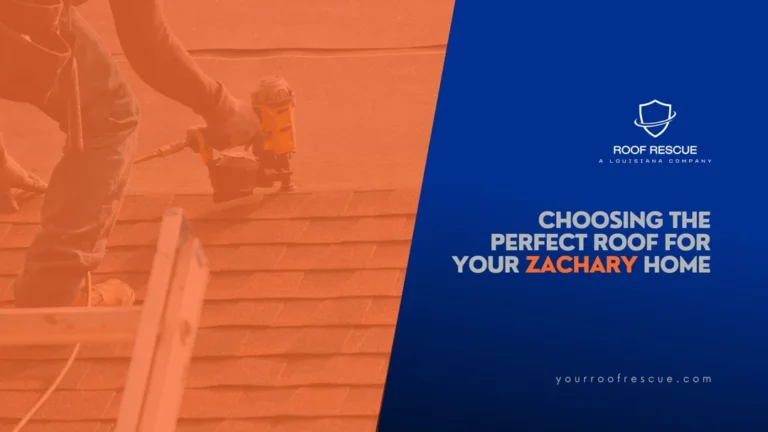Hurricanes are a fact of life for many homeowners in Louisiana. Given the state’s history with hurricanes, taking proactive steps to protect your home—especially your roof is crucial. Here are 11 ways to hurricane-proof your roof and ensure your home stands firm against the storm.
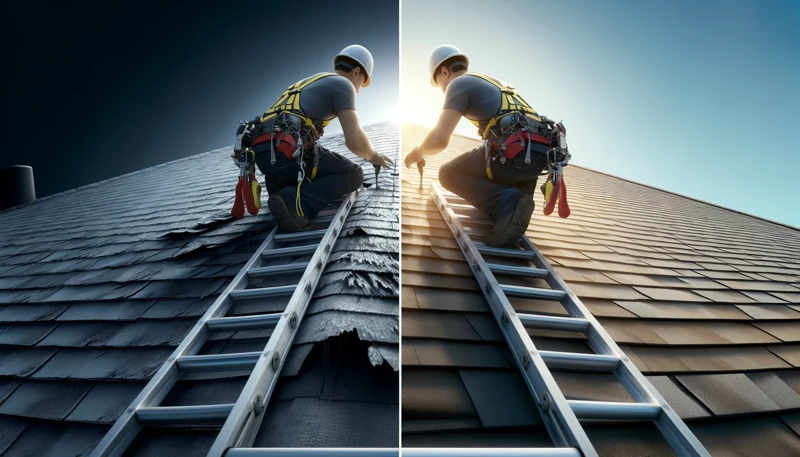
1. Regular Inspection
Performing regular roof inspections can catch minor problems before they become big headaches.
- Schedule Professional Inspections: Have a roofing professional inspect your roof once a year for signs of wear or damage.
- DIY Checks: Periodically check for loose or missing shingles, signs of moisture, or any structural issues.
For more detailed steps on preparing your roof for hurricane season, read our post on How to Prepare Your Roof for Hurricane Season in Zachary, LA.
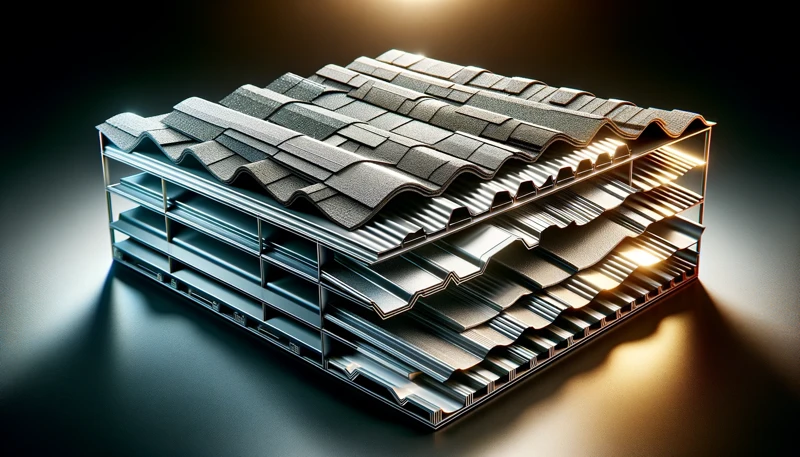
2. Secure Roofing Materials
High-quality materials designed to withstand hurricanes can significantly increase your roof’s resilience.
- Impact-Resistant Shingles: Opt for shingles designed to resist high winds and impacts.
- Metal Roofing: Consider metal roofing for its superior durability and resistance to severe weather conditions.
When was the last time your roof was inspected? We have good news for you. Fill out the form below for a free roof inspection, and we’ll make sure your home’s roof is ready for the toughest Louisiana storms.
3. Reinforce Roof Connections
Strengthening the connections between your roof and the rest of your house can prevent significant damage.
- Metal Connectors: Install metal connectors at the roof-to-wall and wall-to-foundation connections.
- Hurricane Straps: Use these to anchor your roof securely to the house’s walls.

4. Trim Trees and Vegetation
Trees and vegetation can become dangerous projectiles in a hurricane.
- Regular Maintenance: Trim branches, especially those hanging over your house, and remove dead trees or limbs.
- Safe Distance: Maintain trees safely from your home to prevent them from falling onto the roof.
5. Install Hurricane Straps
Hurricane straps or clips can make your roof significantly more resistant to high winds.
- Professional Installation: Hire a professional to install hurricane straps or clips to secure the roof to the walls.
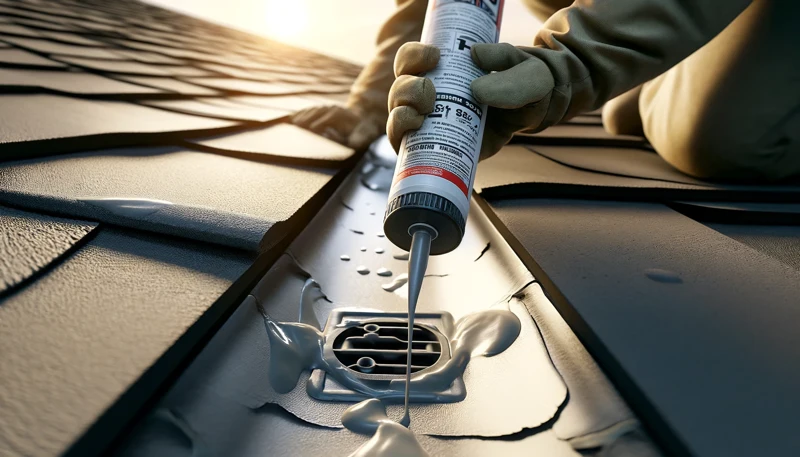
6. Seal and Waterproof
Proper sealing and waterproofing are essential to prevent water damage.
- Inspect Flashing and Vents: Inspect and repair any damaged flashing, vents, or seals.
- Waterproof Sealant: Apply a waterproof sealant to prevent water from seeping through the roof.
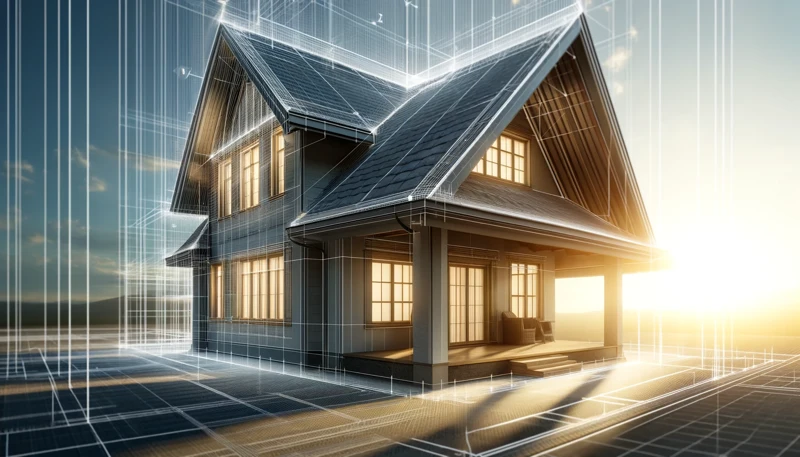
7. Consider Roof Overhangs
Roof overhangs can help reduce wind pressure on your roof.
- Design Considerations: If building a new home, design the roof with a 20° to 30° pitch and overhangs to improve wind resistance.
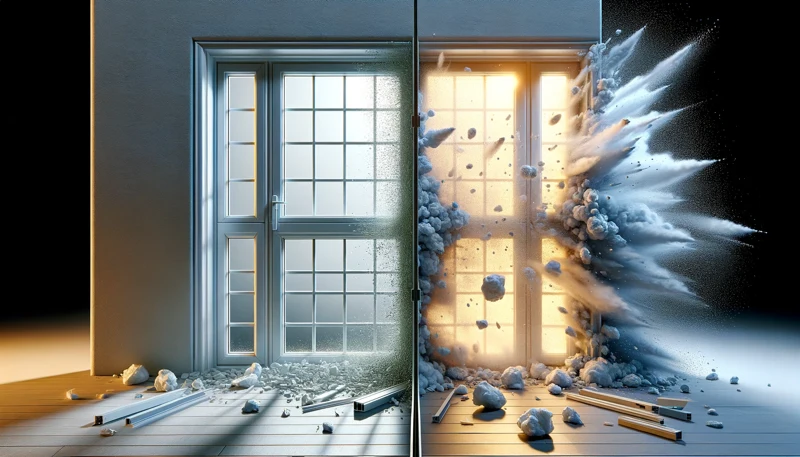
8. Invest in Impact-Resistant Windows and Doors
Securing your entire structure includes investing in impact-resistant windows and doors.
- Enhanced Protection: Upgrade windows and doors designed to withstand high winds and flying debris.
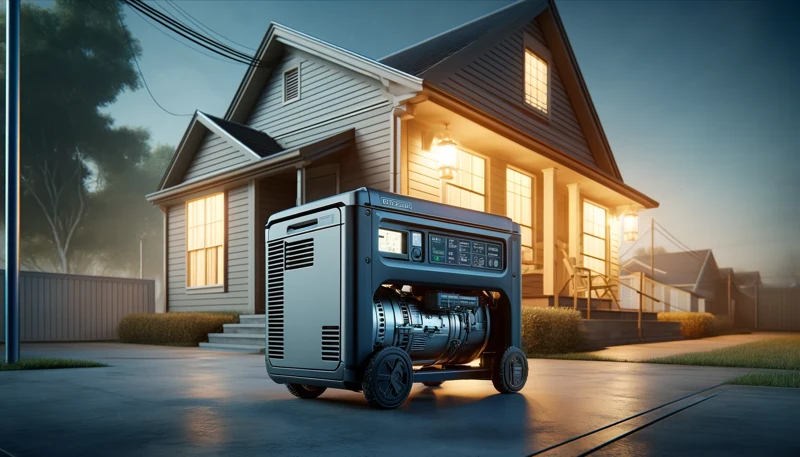
9. Invest in a Generator
A backup power source can keep essential systems running during a hurricane.
- Generator Installation: Invest in a reliable generator to keep sump pumps, refrigeration, and other vital systems operational during power outages.

10. Secure Outdoor Items
Unsecured outdoor items can become dangerous projectiles in high winds.
- Anchor Items: Secure outdoor furniture, grills, and decorative items to prevent them from being blown away.
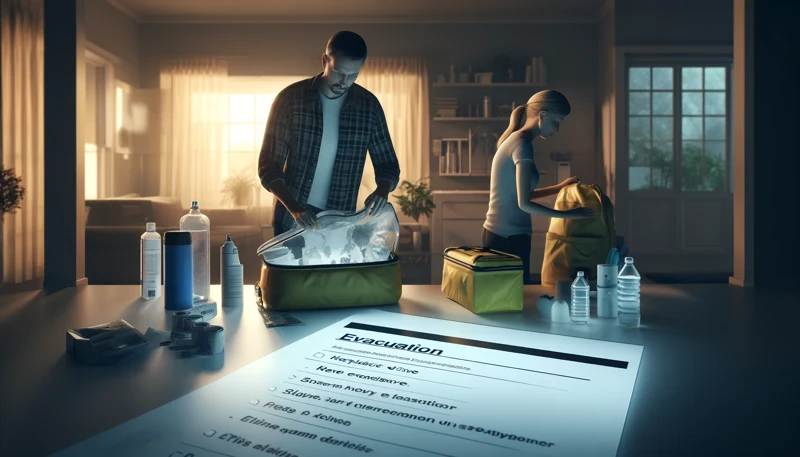
11. Plan for Evacuation
Having a comprehensive hurricane preparedness plan is crucial.
- Emergency Plan: Create a detailed hurricane emergency plan, including an evacuation route, and practice it with your family.
- Important Documents: Keep important documents, emergency supplies, and a list of essential contacts in a waterproof bag.

Conclusion
Hurricane-proofing your roof is not just about protecting your property; it’s about ensuring the safety and well-being of your loved ones. By taking these proactive steps, you can significantly reduce the risk of damage and increase your peace of mind during hurricane season.
Even with all these precautions, it’s important to inspect your roof after a storm to ensure no damage is overlooked. Discover the key signs that your roof needs an inspection after a storm to keep your home protected. Learn about the 5 signs your roof needs an inspection after a storm.
Is your roof ready for the next hurricane? Contact Roof Rescue LLC, your trusted roofing partner in Zachary, Louisiana. Our team of experts is here to help you safeguard your home against the elements. Call us at (225) 369-3601 or email info@yourroofrescue.com to schedule an inspection or learn more about our services.
Stay safe, stay prepared, and let Roof Rescue LLC be your first line of defense against the storm. For more information on maintaining your roof, check out our blog post on Understanding Roof Damage: Causes and Solutions.
